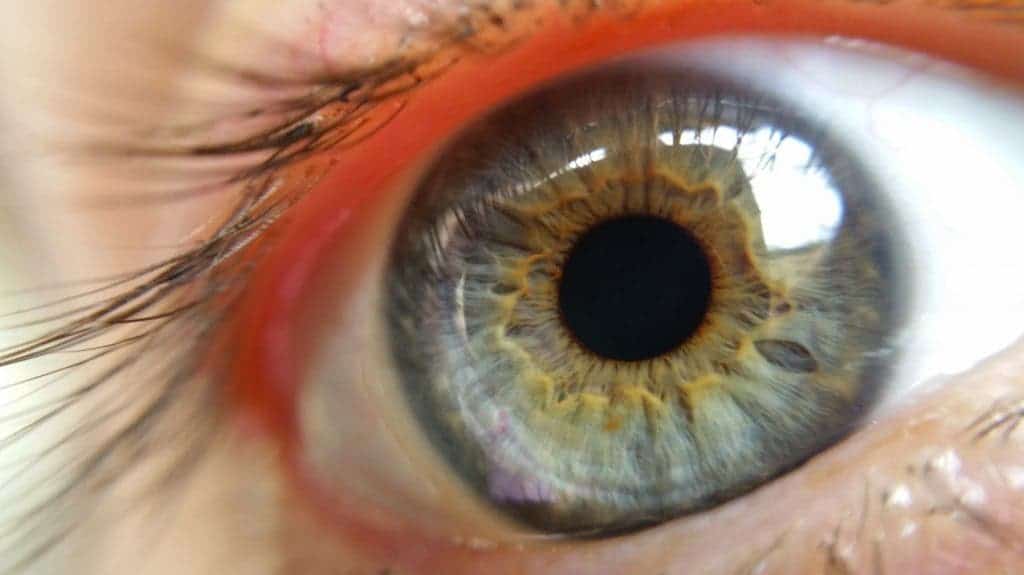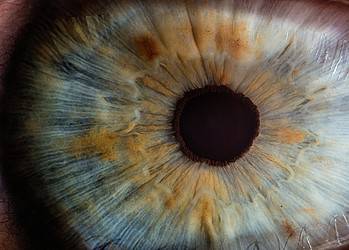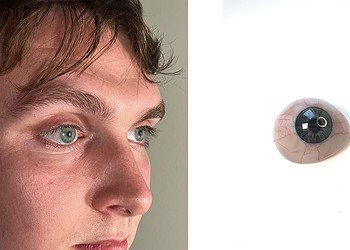This research could usher in corneas-on-demand, offering hope for the millions of patients awaiting transplant.

Researchers at the Newcastle University, UK, have successfully 3D-printed human corneas — a world first. Their technique could eventually lead to a cornea mass-production system that could help the millions of people waiting for a transplant.
A feast for the eye
The cornea is the outer layer of the human eye and plays a central role in focusing our vision. It’s also a part of the eye that doesn’t always age gracefully and is susceptible to damage from infections or disease. As such, there are over 10 million people worldwide who risk corneal blindness from diseases such as trachoma (an infectious eye disease), and almost 5 million who are completely blind due to burns, lacerations or abrasion of the cornea.
Most of them are awaiting a transplant, but there are very few donors.
The team’s work aims to address this shortage. They used a mix of human corneal stromal (stem) cells harvested from donated healthy corneas, alginate, and collagen to create a firm but printable bio-ink. This material is based on previous work, in which the team developed a similar hydrogel that could keep cells alive for weeks at a time.
They fed this substance through a simple, low-cost 3D bio-printer into concentric circles roughly the shape of a human cornea. According to their scientific paper, it took under 10 minutes to print their proof-of-concept cornea. The final step is allowing this structure to grow into a cornea on a culture dish.
“Many teams across the world have been chasing the ideal bio-ink to make this process feasible,” says lead researcher Che Connon, a Professor of Tissue Engineering at Newcastle University.
“[The gel] keeps the stem cells alive whilst producing a material which is stiff enough to hold its shape but soft enough to be squeezed out the nozzle of a 3D printer.”
The team also showed they can build corneas to match a patient’s unique needs and specifications. The dimensions required for this were originally taken from an actual cornea, the team writes. In the future, a simple scan of a patient’s eye will enable doctors to print a cornea that perfectly matches the size and shape of their eyeballs.
The 3D-printed corneas will have to undergo a lot of testing, probably over the span of a few years, before they’ll even be considered for use in transplants, the team explains. However, the ability to produce enough of them to treat all those awaiting transplant as well as the precision with which they can be crafted will is a game-changing prospect — one that’s bound to spur on further development.
The paper “3D bioprinting of a corneal stroma equivalent” has been published in the journal Experimental Eye Research.






